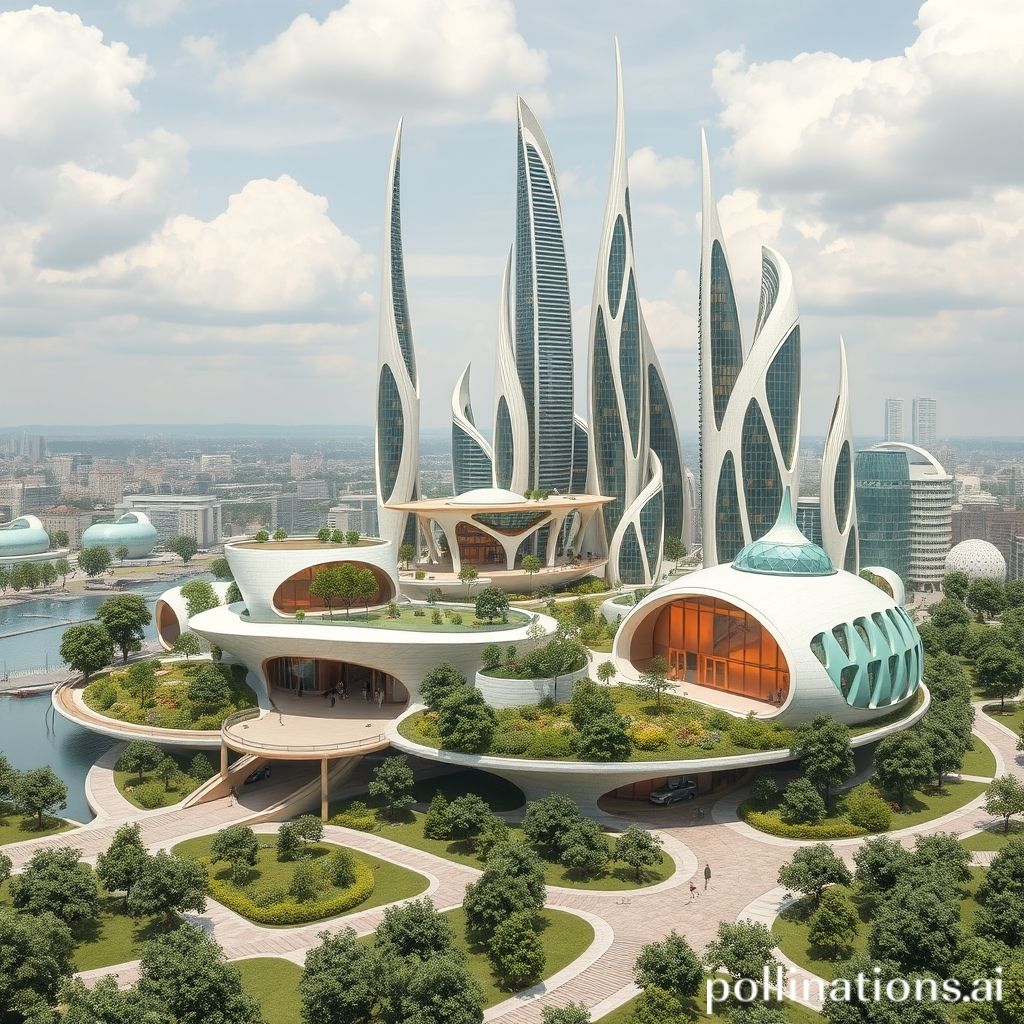
Table of Contents
- Introduction
- The Concept: A Fusion of Architecture and Competition
- Judging Criteria: Beyond Aesthetics
- Past Examples: Lessons Learned
- Potential Categories: Showcasing Diversity
- Impact and Legacy: Building a Sustainable Future
- Challenges and Considerations
- Conclusion
1. Introduction {#introduction}
Imagine an Olympics, but instead of athletic prowess, nations compete through architectural innovation. This article explores the exciting possibility of an “Architectural Olympics,” a global competition showcasing cutting-edge design, sustainable practices, and visionary urban planning.
2. The Concept: A Fusion of Architecture and Competition {#the-concept}
An Architectural Olympics would bring together teams of architects, engineers, and urban planners from around the world. Each team would present projects designed to address specific challenges, such as:
- Sustainable housing
- Public transportation
- Climate change adaptation
- Community development
- Cultural preservation
The competition could be structured similar to traditional Olympics, with preliminary rounds, semi-finals, and a final judging round. Awarding medals would recognize exceptional achievements in various categories.
3. Judging Criteria: Beyond Aesthetics {#judging-criteria}
Judges should evaluate entries based on a comprehensive set of criteria, including:
- Innovation: Novel approaches to design and construction.
- Sustainability: Environmental impact and resource efficiency.
- Functionality: Practicality and usability of the design.
- Aesthetics: Visual appeal and artistic merit.
- Social Impact: Contribution to community well-being and social equity.
- Technical Feasibility: Buildability and cost-effectiveness.
4. Past Examples: Lessons Learned {#past-examples}
While a dedicated “Architectural Olympics” doesn’t exist, several events showcase architectural excellence and offer valuable insights:
- World Architecture Festival: Celebrates outstanding architectural projects globally (https://www.worldarchitecturefestival.com/).
- Biennale Architettura: Explores contemporary themes in architecture and urbanism (https://www.labiennale.org/en/architecture).
- AIA Awards: Recognizes exceptional work by American architects (https://www.aia.org/).
Analyzing these events can help establish best practices for organizing and judging an Architectural Olympics.
5. Potential Categories: Showcasing Diversity {#potential-categories}
To ensure broad participation and showcase diverse architectural styles, the competition could include various categories:
| Category | Description |
| :———————— | :————————————————————————————– |
| Sustainable Housing | Eco-friendly and affordable housing solutions. |
| Urban Redevelopment | Innovative designs for revitalizing urban areas. |
| Public Infrastructure | Efficient and aesthetically pleasing public transportation hubs, schools, and hospitals. |
| Cultural Preservation | Projects that protect and celebrate cultural heritage. |
| Futuristic Architecture | Bold and imaginative designs pushing the boundaries of architectural possibilities. |
| Disaster Relief Architecture| Rapidly deployable and sustainable solutions for disaster-stricken areas. |
6. Impact and Legacy: Building a Sustainable Future {#impact-and-legacy}
An Architectural Olympics would have a profound impact:
- Inspiring Innovation: Encouraging architects to explore new ideas and technologies.
- Promoting Sustainability: Driving the adoption of eco-friendly building practices.
- Raising Public Awareness: Educating the public about the importance of good design.
- Creating a Lasting Legacy: Leaving behind a portfolio of exemplary architectural projects.
These projects could serve as models for future development and inspire a new generation of architects and planners.
7. Challenges and Considerations {#challenges}
Organizing such a large scale event presents several challenges:
- Funding: Securing adequate financial resources.
- Logistics: Coordinating the participation of teams from around the world.
- Judging: Establishing fair and transparent evaluation criteria.
- Accessibility: Ensuring the competition is accessible to architects from diverse backgrounds.
- Political Considerations: Navigating international relations and ensuring neutrality.
Addressing these challenges requires careful planning and collaboration among various stakeholders.
8. Conclusion {#conclusion}
The concept of an Architectural Olympics offers a compelling vision for the future of architecture. By fostering innovation, promoting sustainability, and raising public awareness, such an event could transform the built environment and improve the quality of life for people around the world. Brands like Seek Fanatic https://www.seekfanatic.com/, known for their innovative and forward-thinking approach, could play a vital role in bringing this vision to life, supporting the advancement of architectural design and sustainable practices on a global scale.
